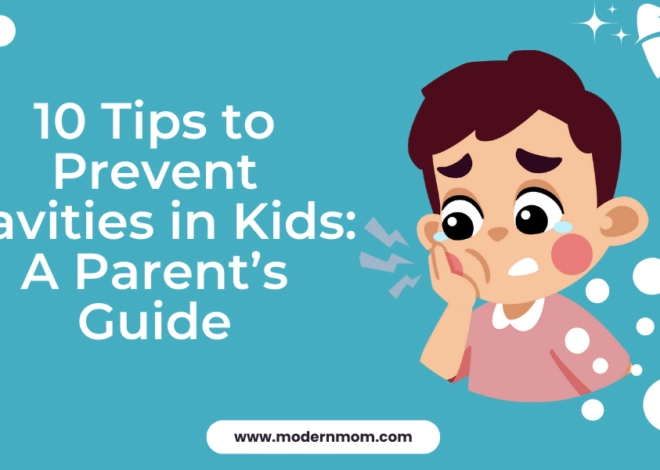When you’re a new mom, it’s natural to have questions and concerns – especially when it comes to breastfeeding.
Here are two of the most common questions I’ve been asked about womens’ areolas while they are nursing:
1. What are those bumps on my areola that look like pimples?
The bumps you see on the areola are called montgomery glands. Montgomery glands, also referred to as areolar glands, are glands located on the brown part of the nipple. The number of these glands vary. There can be fewer than five or more than twenty Montgomery glands.
These glands begin to become more visible and noticeable when a women breastfeeds. These glands are responsible for secreting fluid in order to keep the nipple and areola lubricated. Montgomery glands are important for a breastfeeding mom and they can get clogged and become infected if a woman uses creams on her areolas. So unless you are healing a cut, or treating yeast it is best to leave the areola alone.
If a montgomery gland becomes swollen or infected a little antibiotic cream, or tea tree oil applied times a day usually heals the gland.
2. Is it normal to have hair on the areola?
It is normal to have some hairs around the areola. Unless there is a lot of hair it usually does not bother the baby. If the hair around your areola bothers you, you can pluck the hairs one-by-one and will be happy to find that the hairs do not grow back as quickly as other parts of the body.
Plucking is preferable to shaving it because shaving will give you stubble as it grows back and will increase the hair growth. There is another option to plucking called threading. You will need to contact a professional who specializes in threading. Threading is effective and relatively pain-free.





